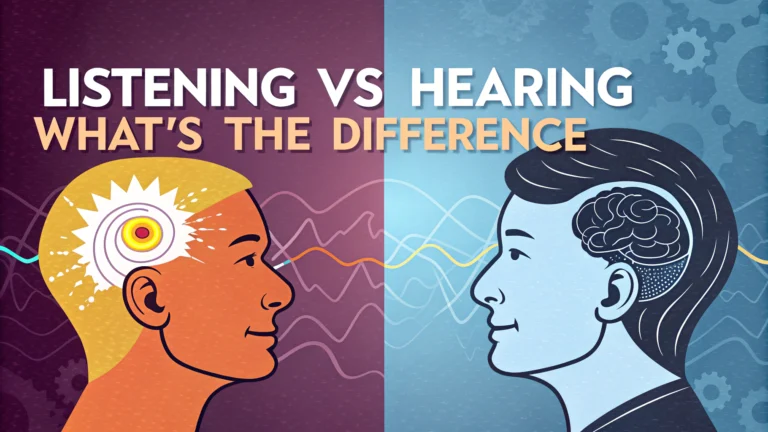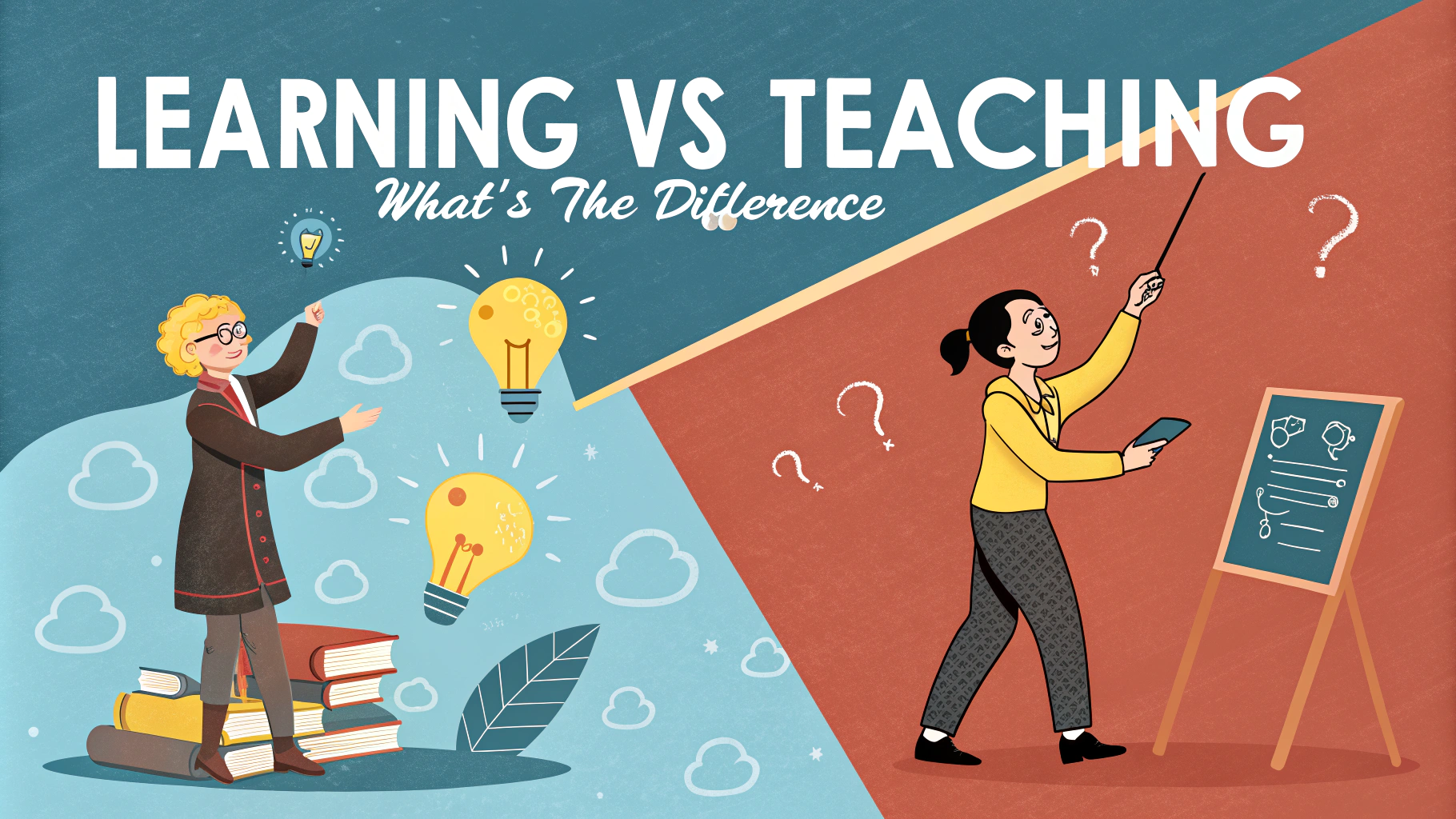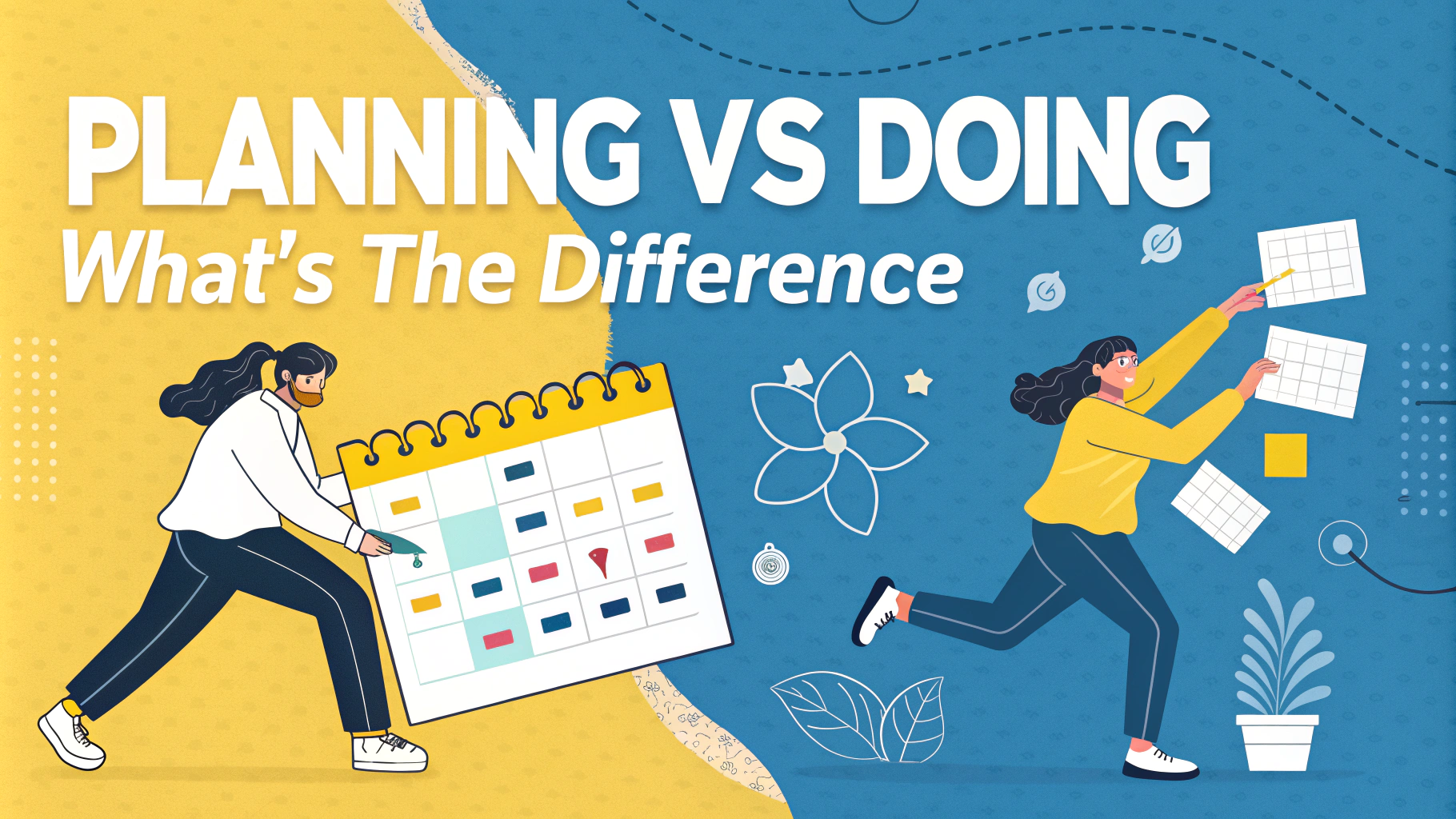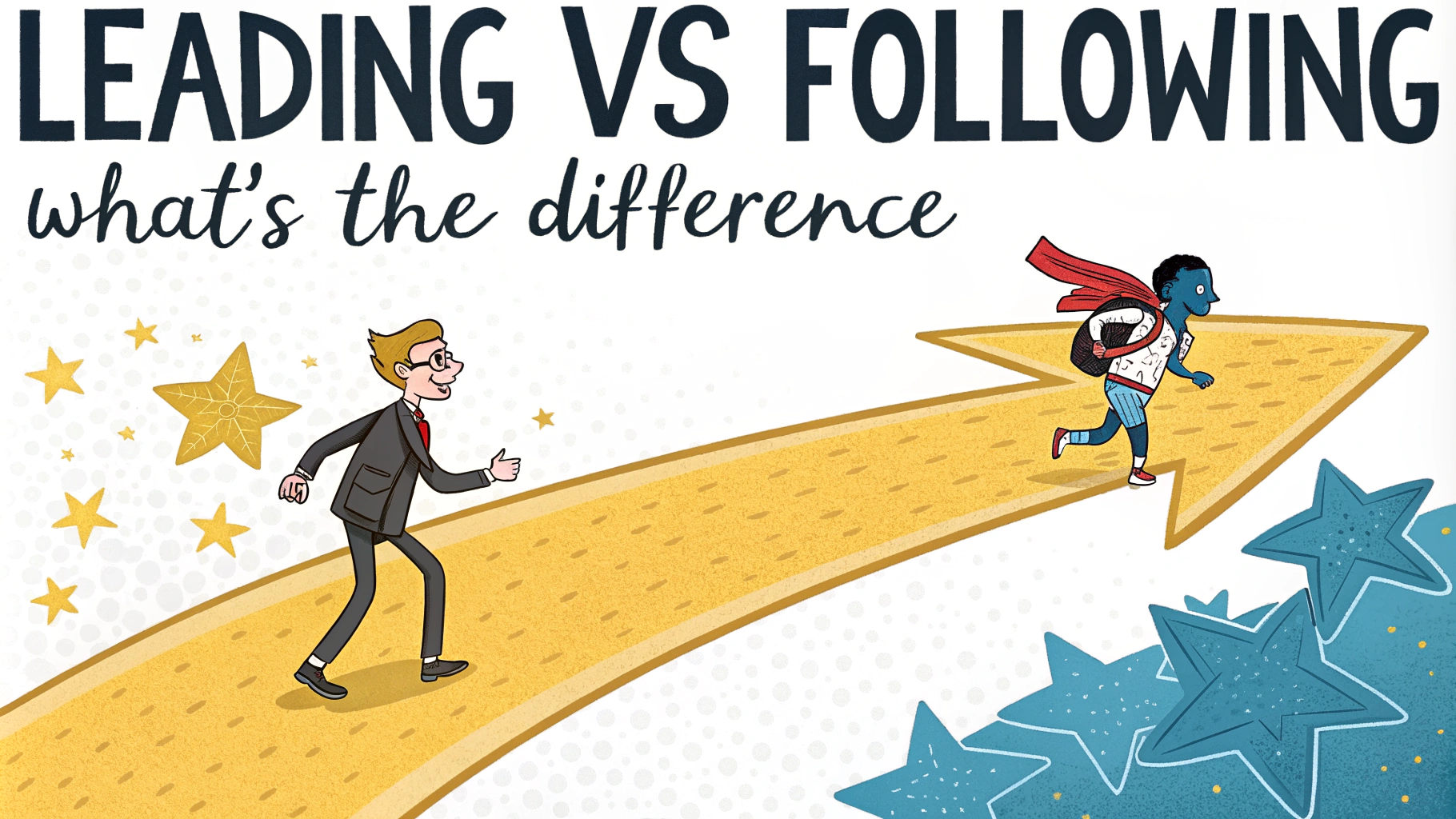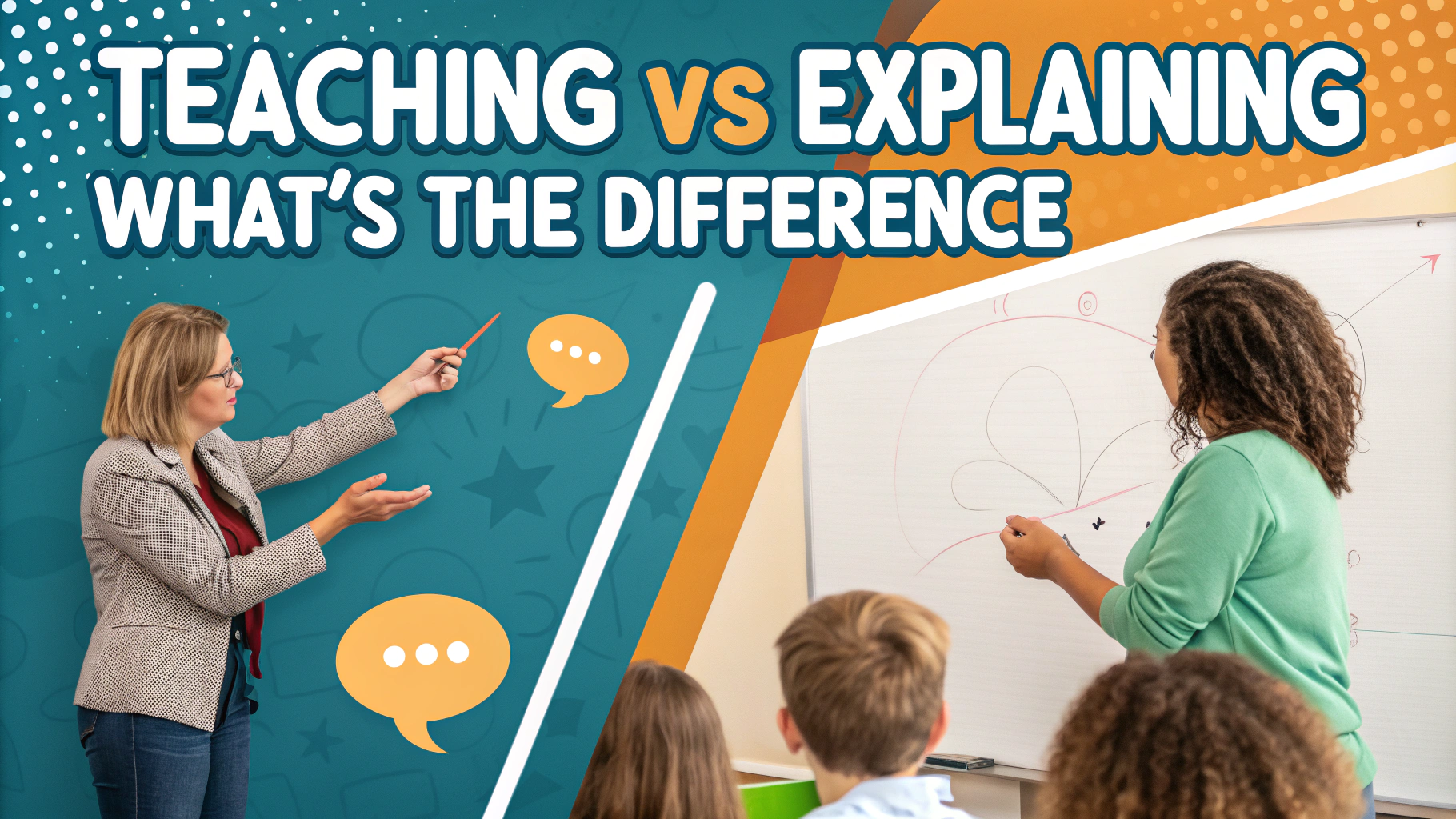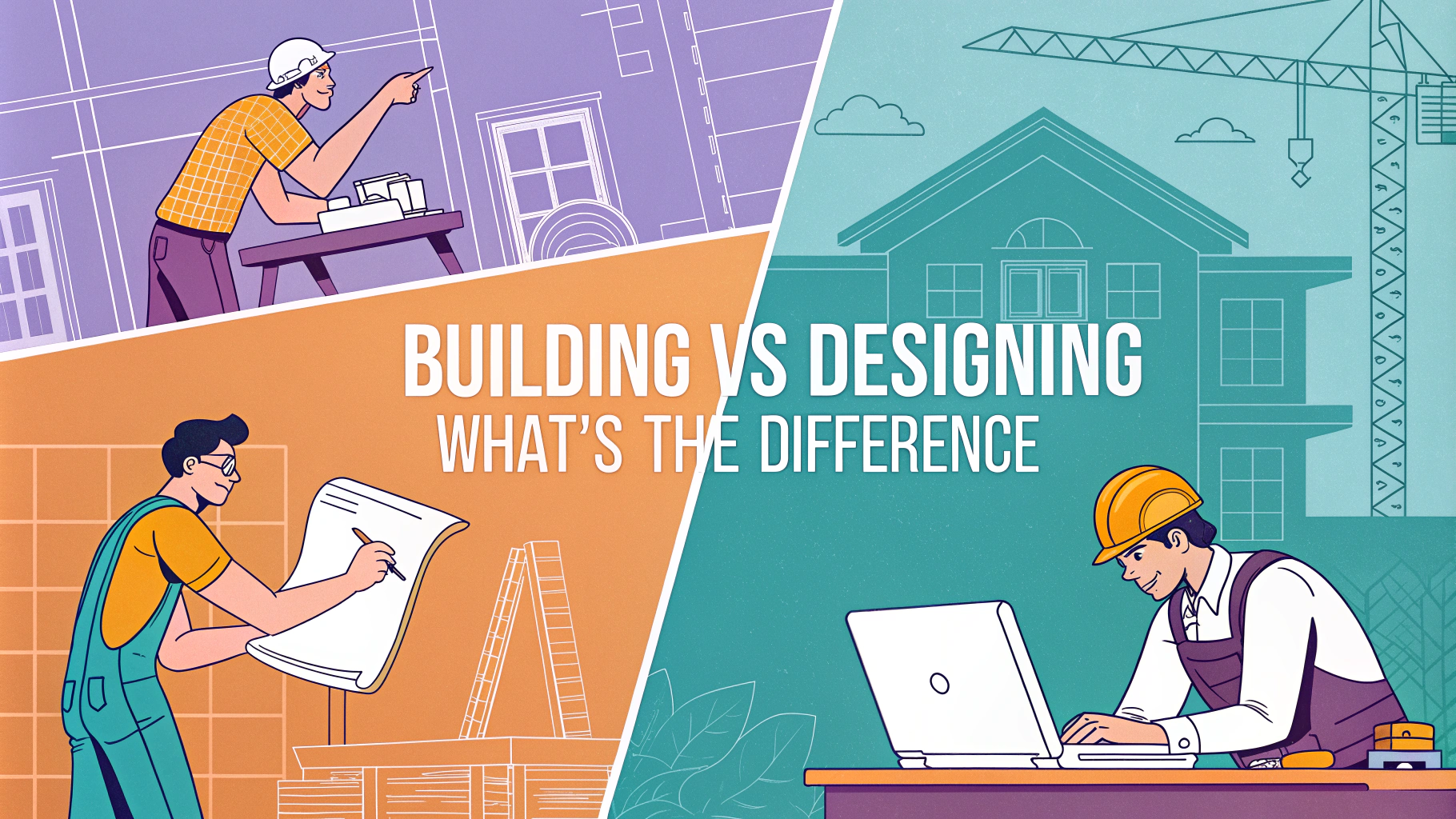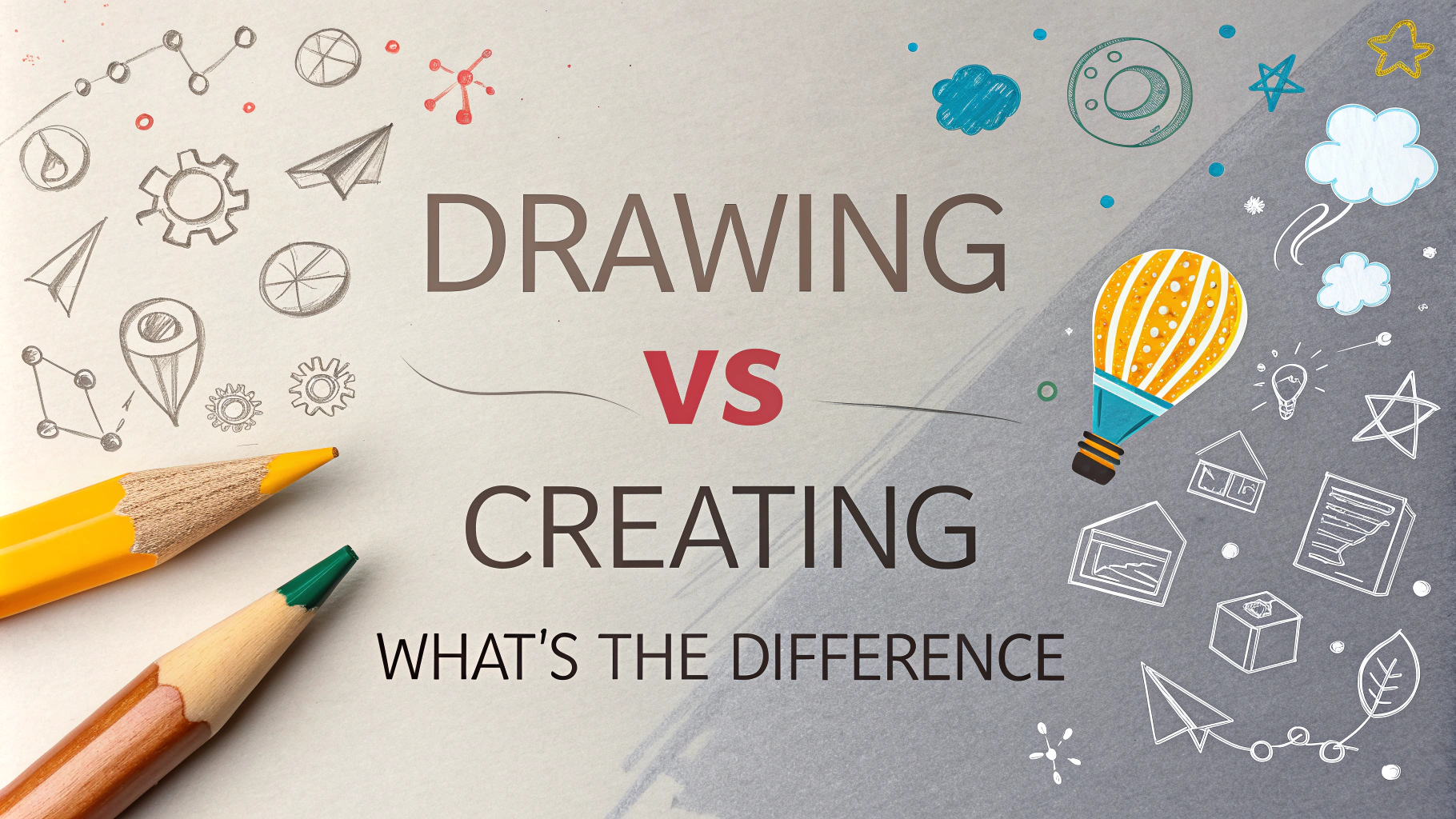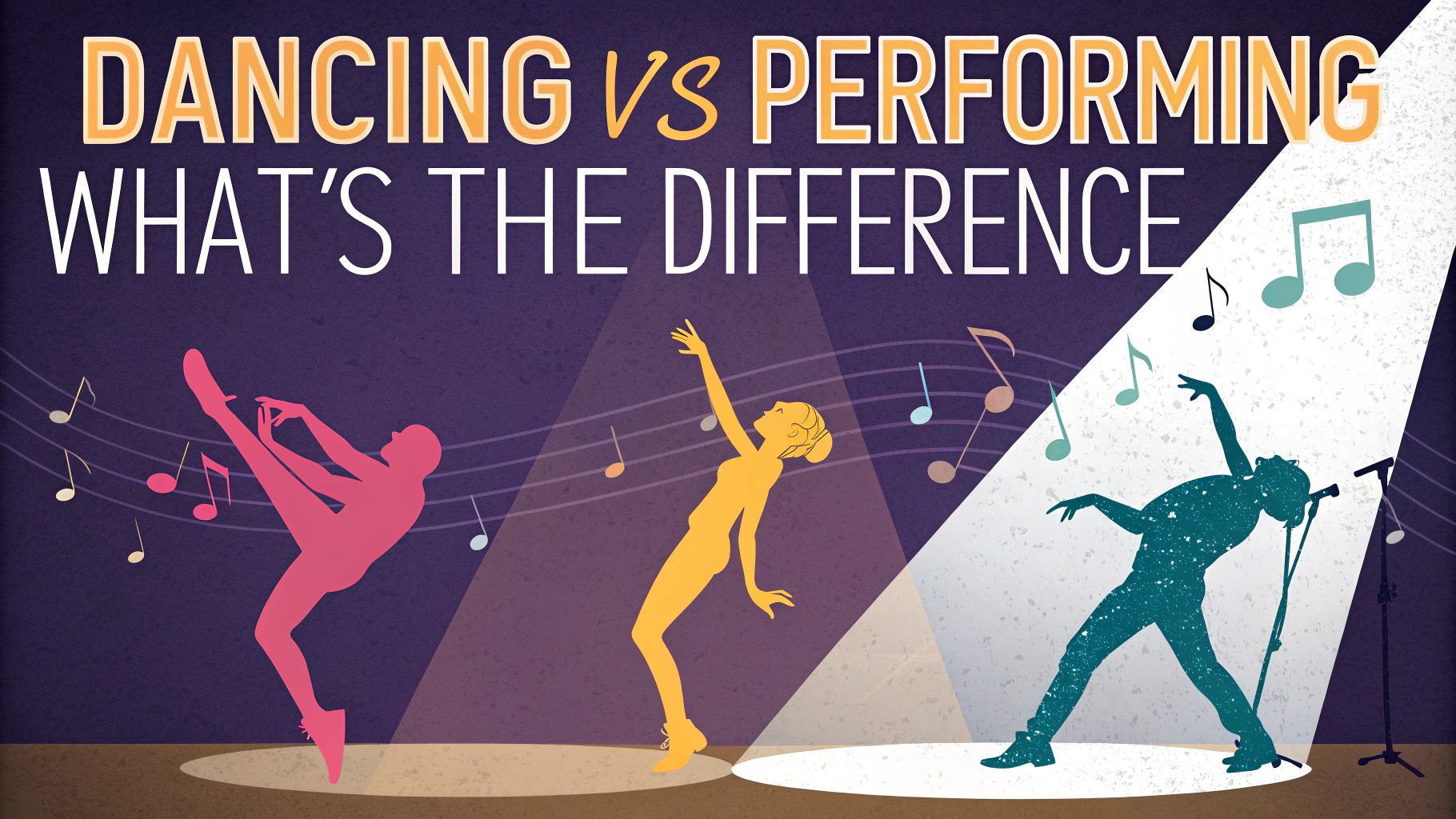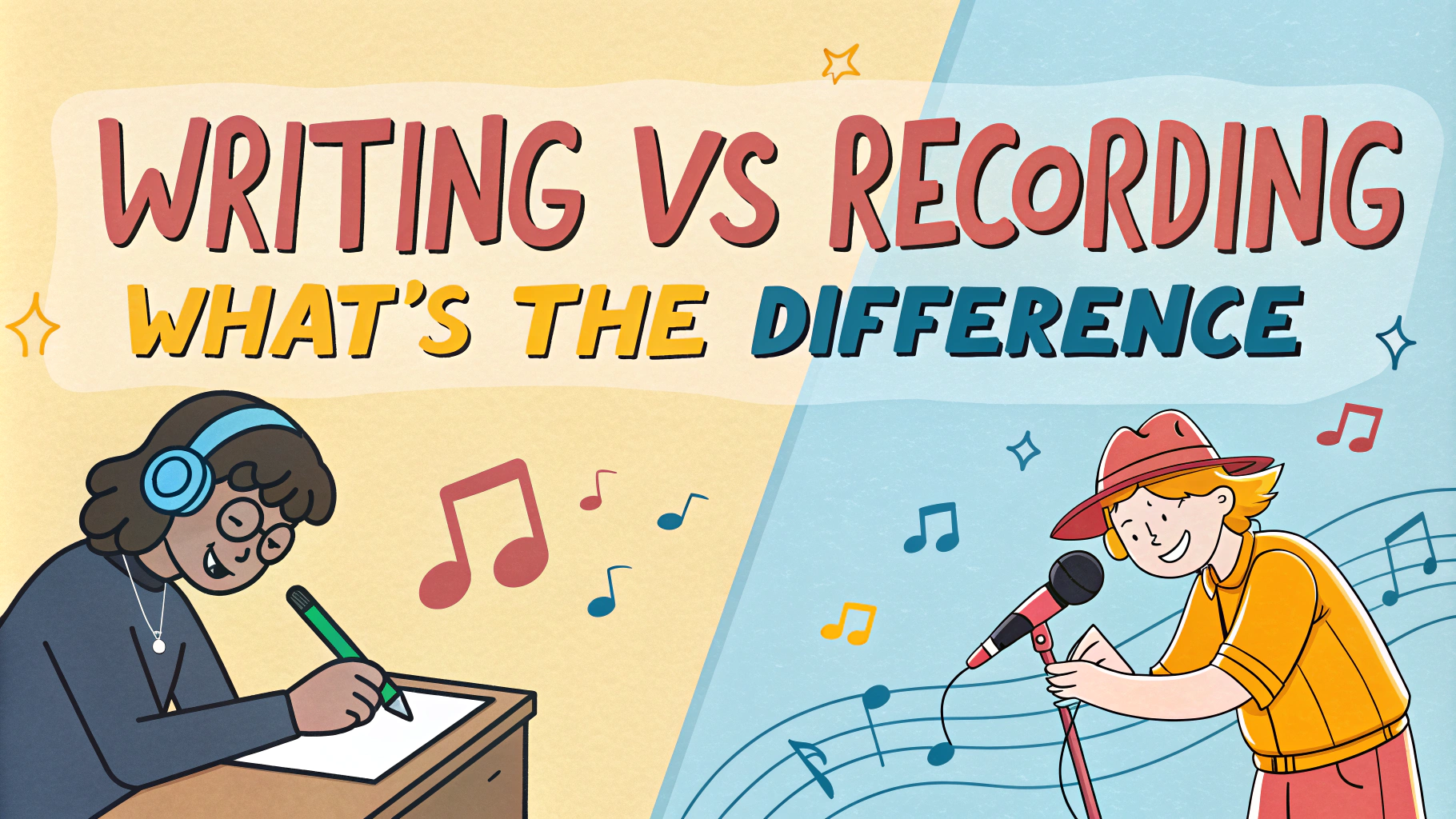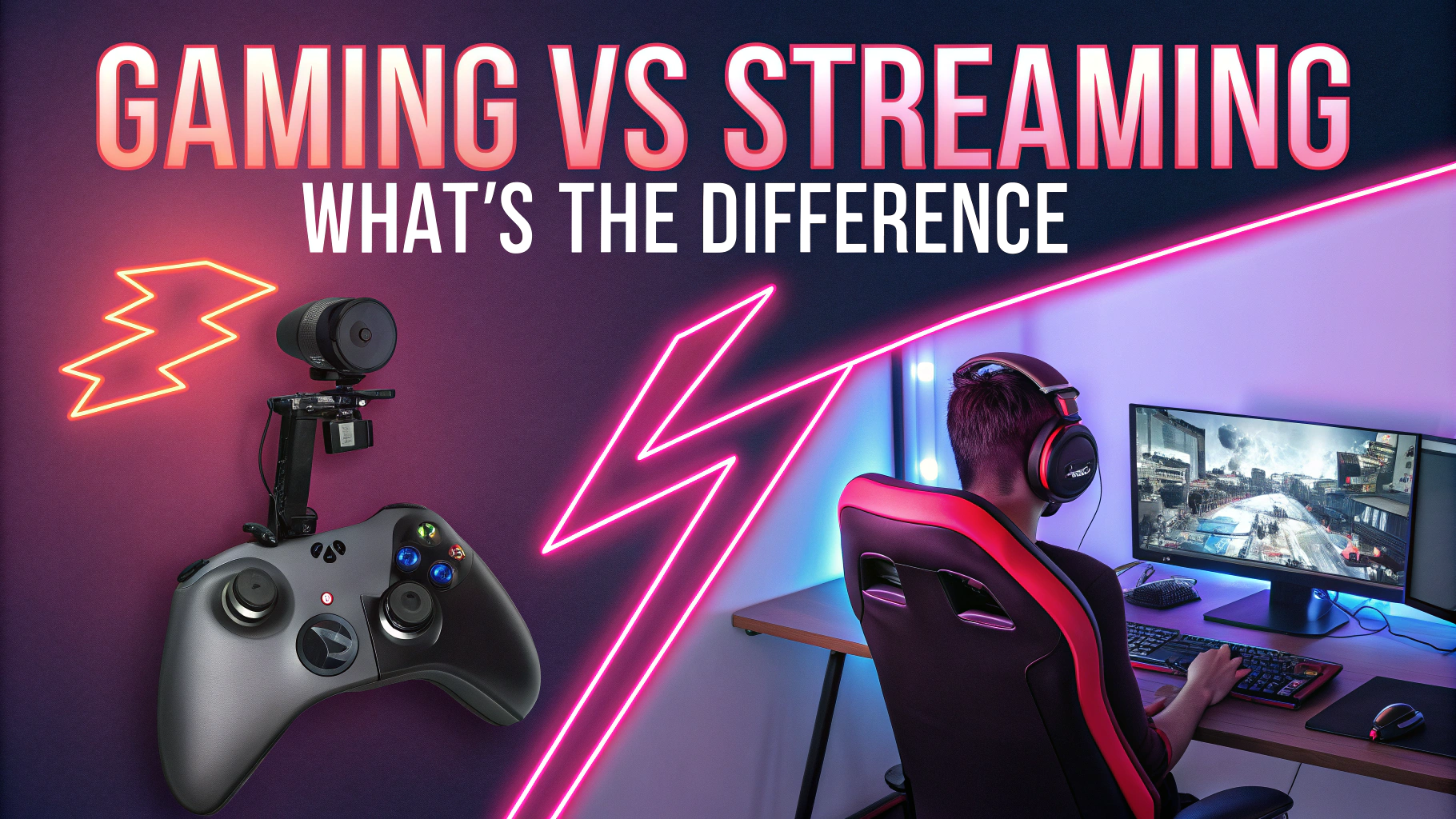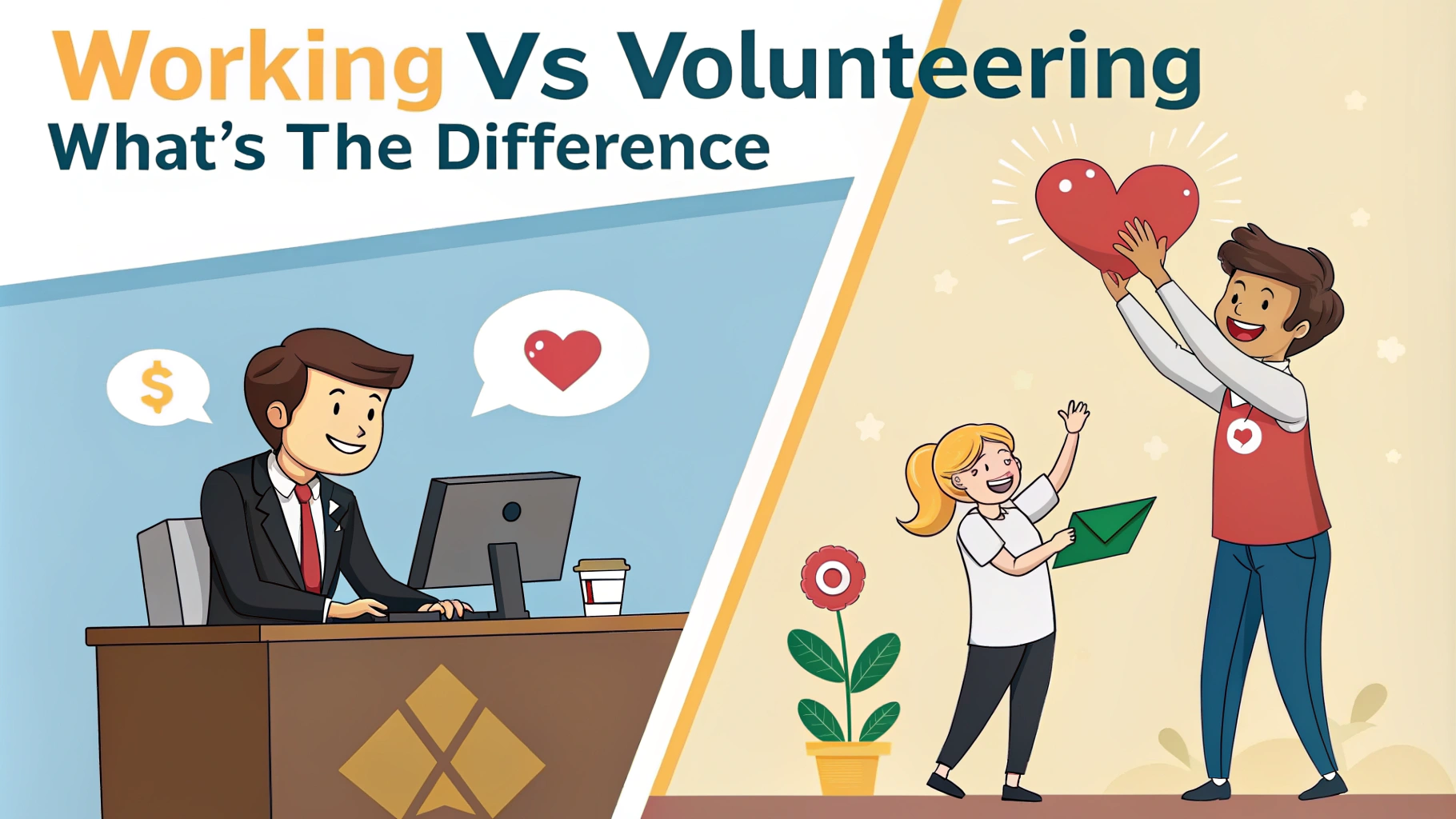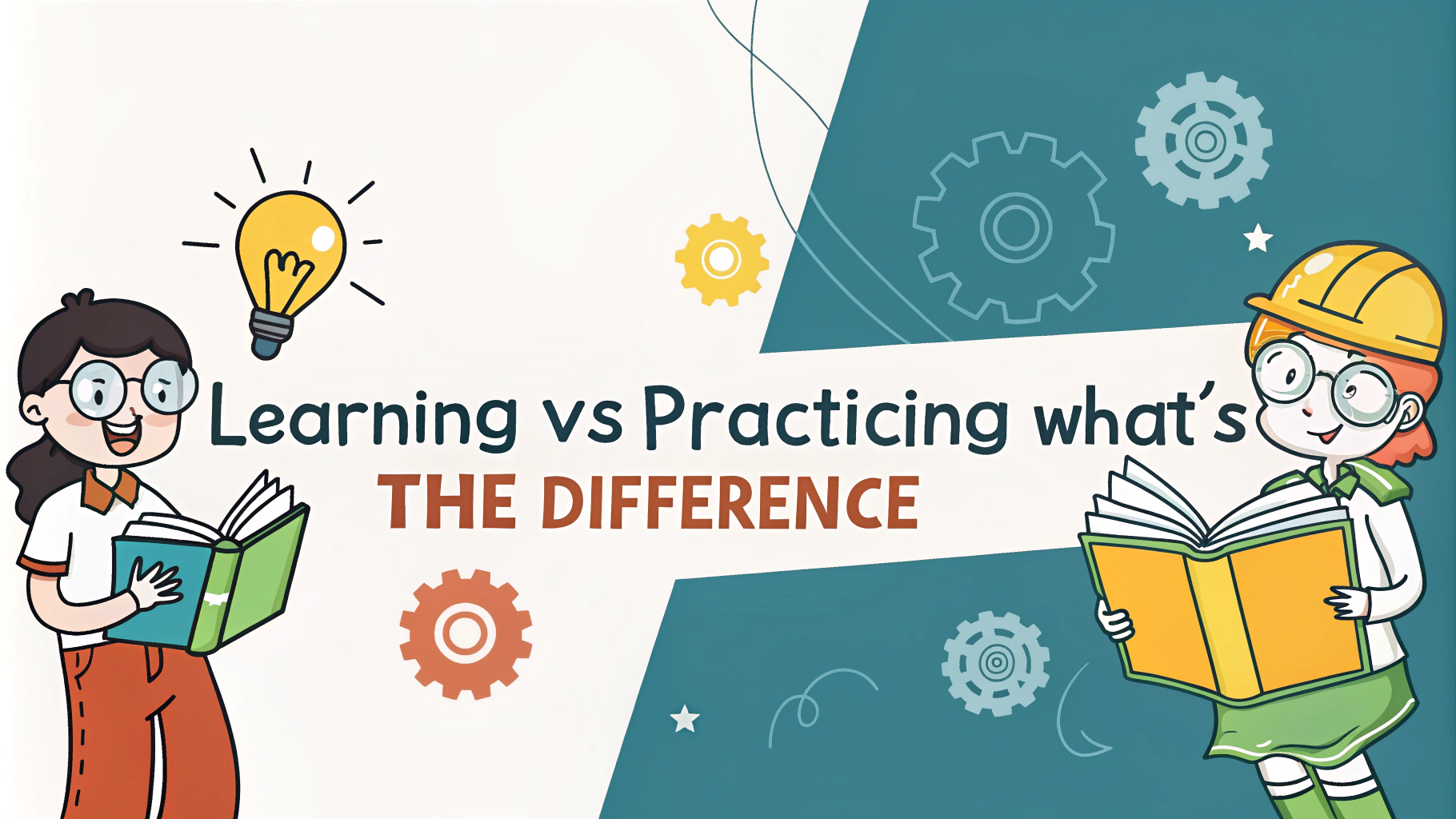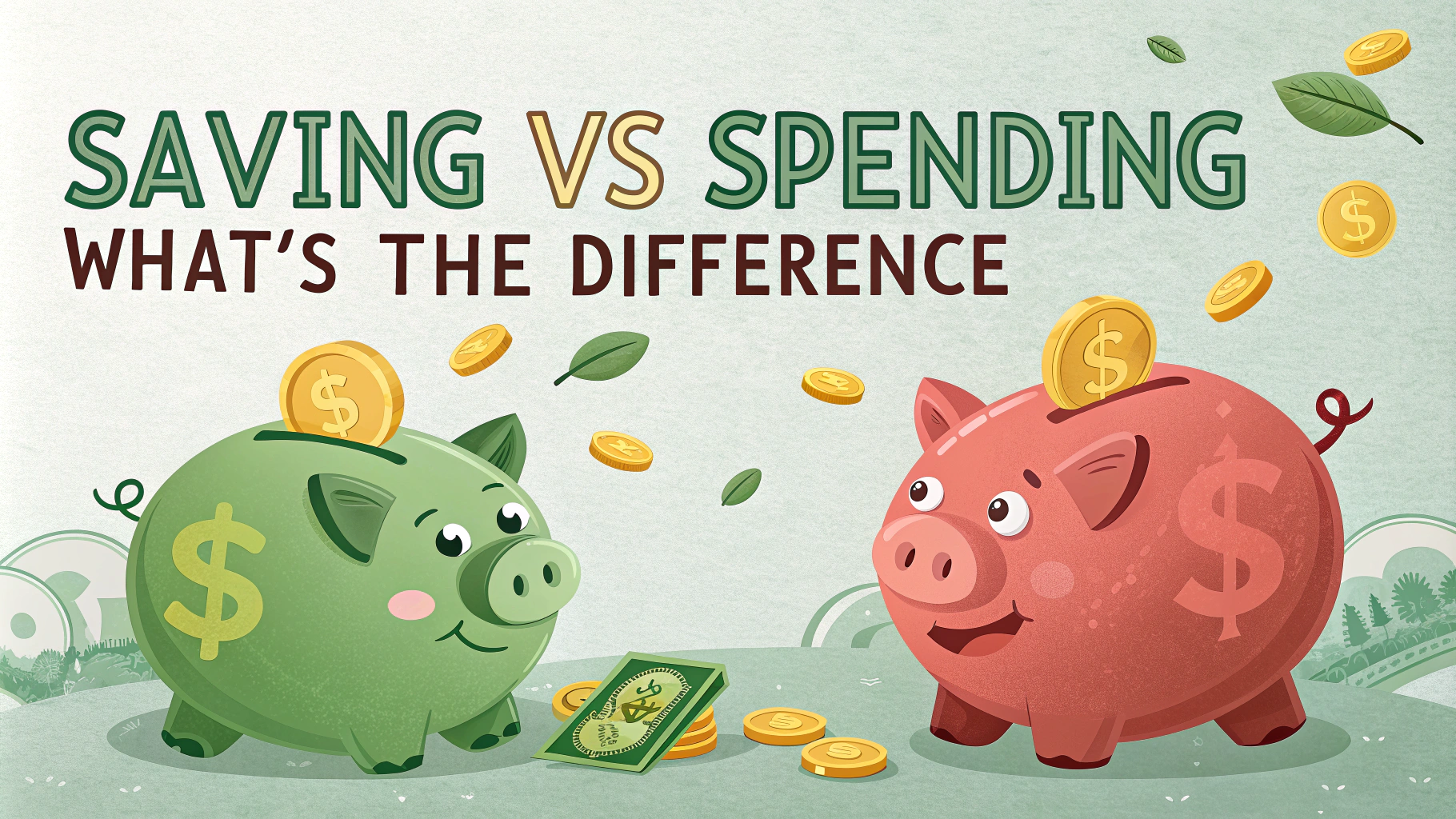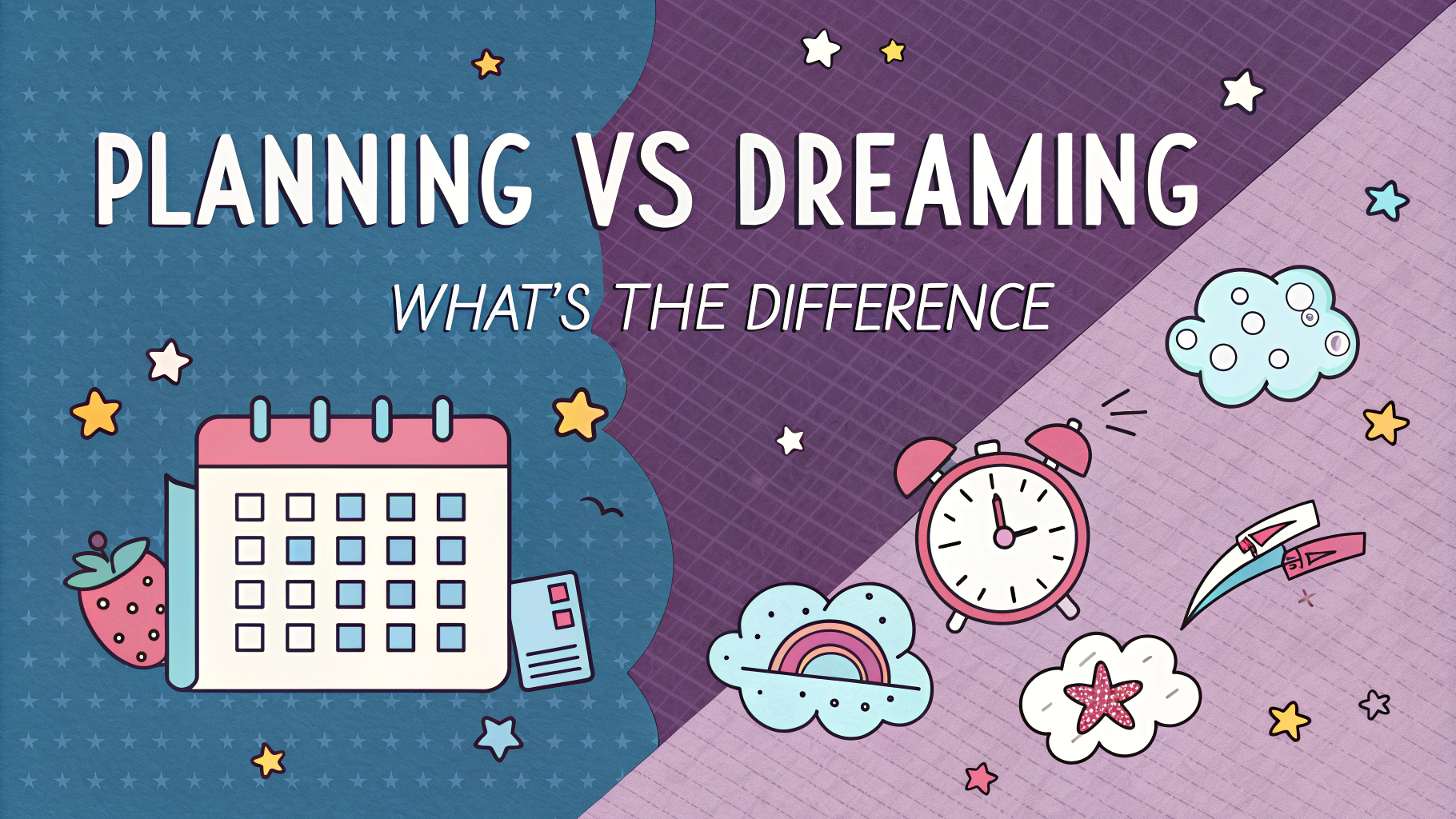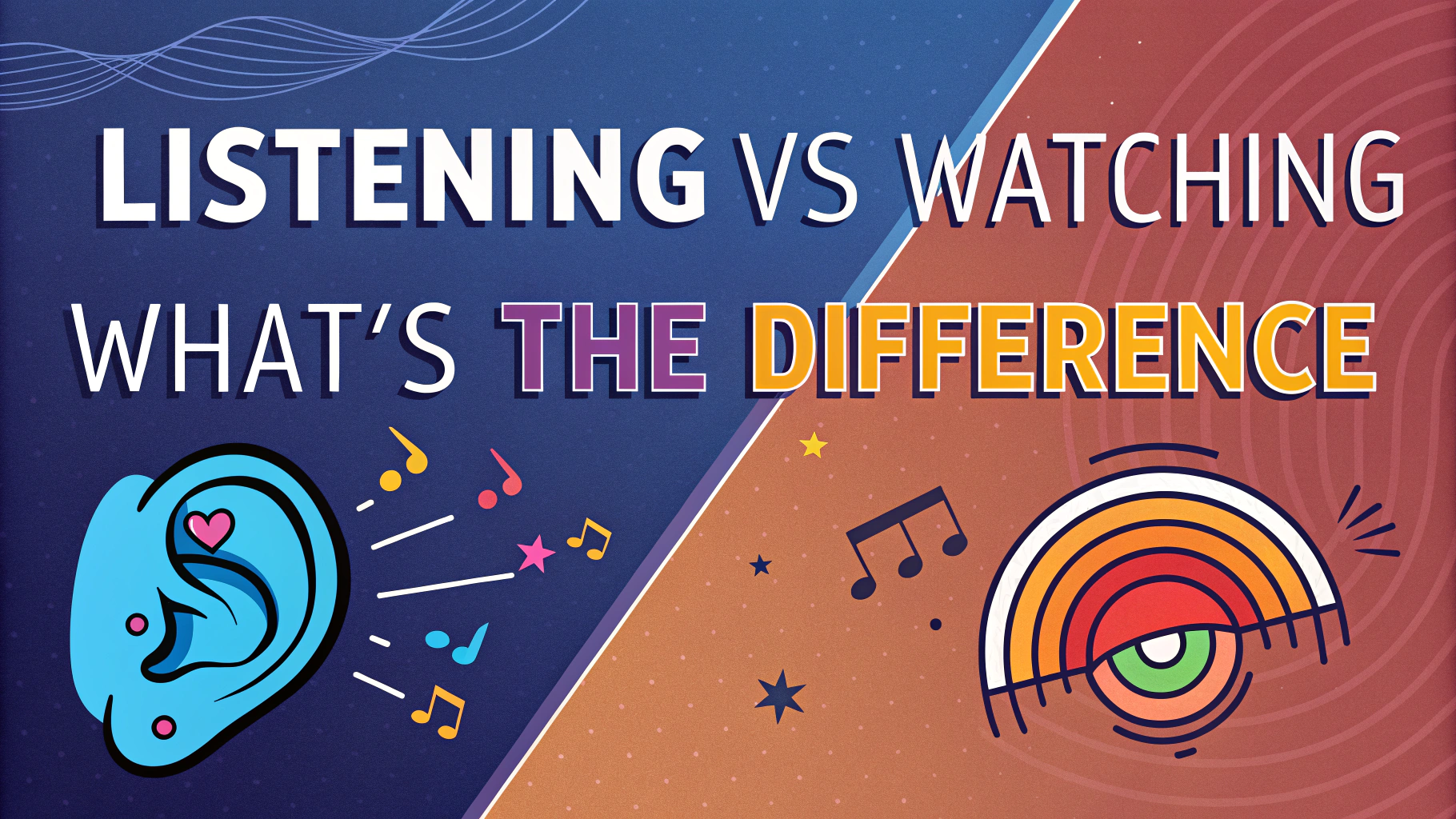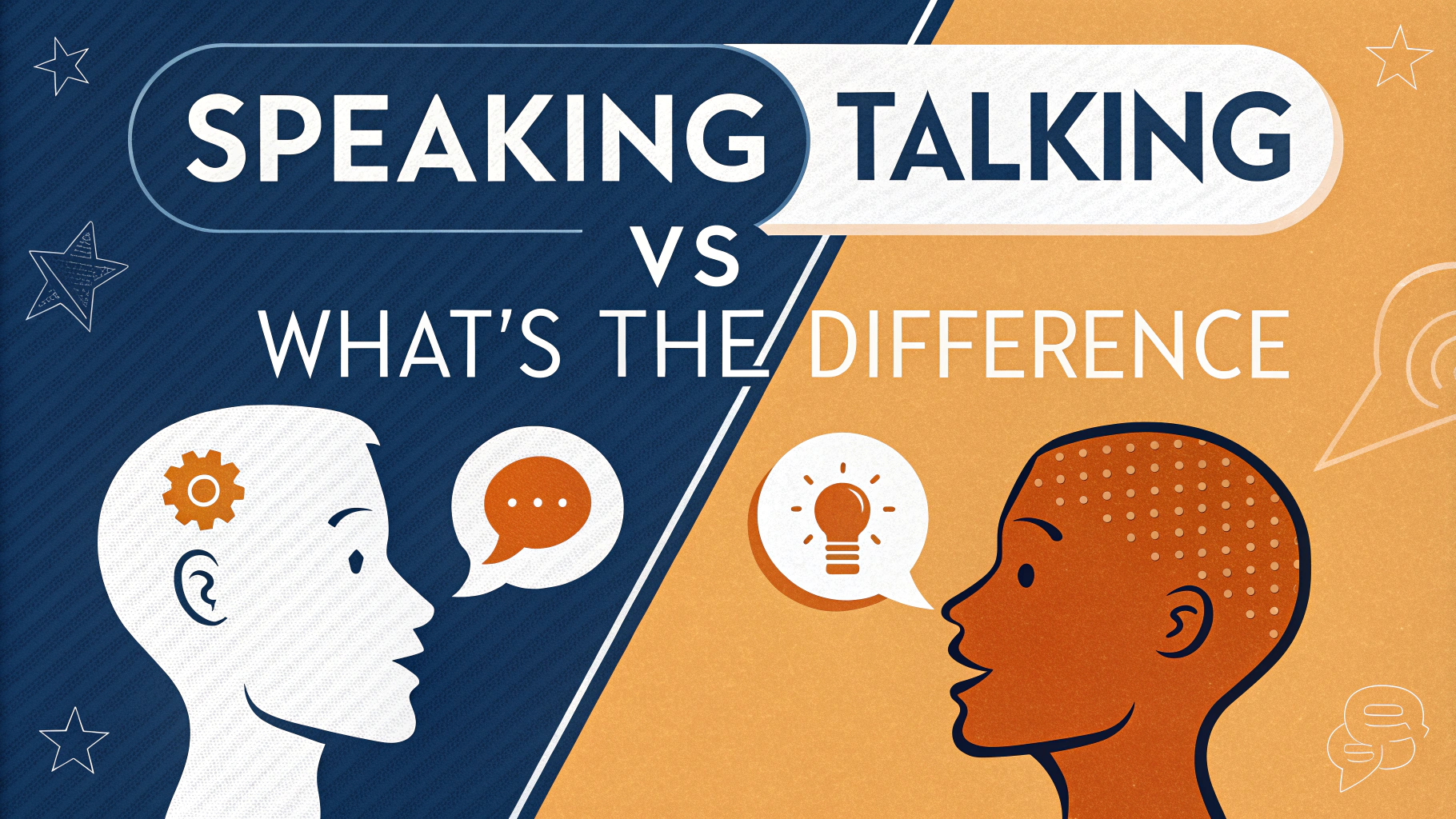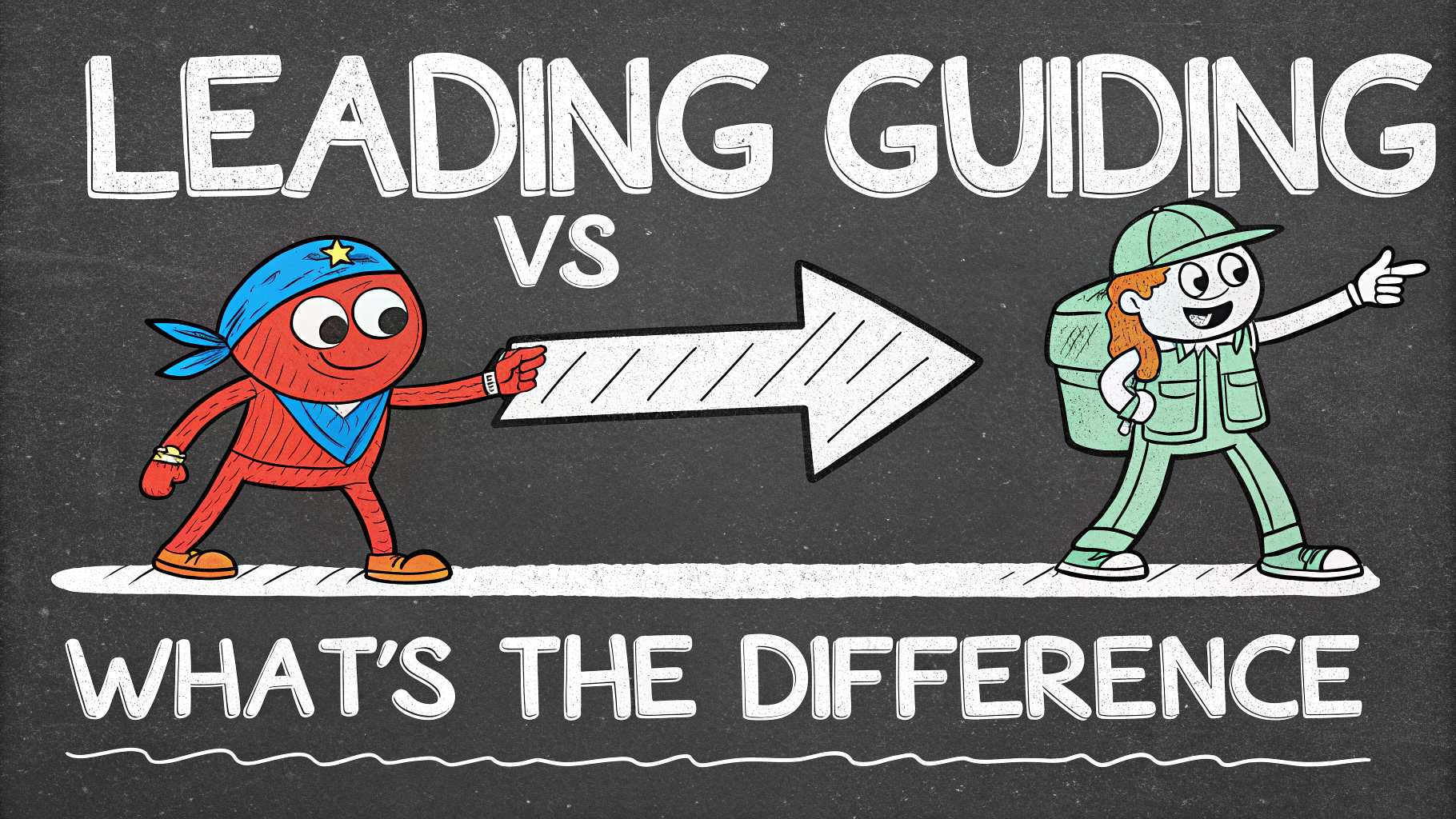While both hearing and listening involve sound processing, their impact on communication differs significantly. **Active listening** requires focused attention and engagement, whereas hearing is simply the physical detection of sound waves.
Understanding these differences can transform personal relationships, professional success, and daily interactions. Many communication problems stem from confusing these two distinct processes.
Understanding the Science Behind Sound Processing
The human ear processes thousands of sounds daily through a complex system of vibrations and nerve signals. **Hearing** is an automatic biological process involving the ears’ physical response to sound waves.
Key components:
- Outer ear captures sound waves
- Middle ear transforms sound waves into vibrations
- Inner ear converts vibrations into nerve signals
- Brain receives and processes these signals
Active Listening Skills and Techniques
**Active listening** involves conscious effort and engagement with the speaker. It requires focus, interpretation, and appropriate responses.
Essential elements:
- Maintaining eye contact
- Using appropriate facial expressions
- Providing verbal and non-verbal feedback
- Asking clarifying questions
- Avoiding interruptions
Common Barriers to Effective Listening
Several factors can prevent effective listening, even when hearing function is normal:
| Internal Barriers | External Barriers |
|---|---|
| Mental distractions | Environmental noise |
| Emotional state | Physical discomfort |
| Preconceptions | Time constraints |
Active Listening: Key Differences Between Hearing and Listening
Many communication problems come from misunderstanding the distinction between hearing and listening. While hearing happens automatically, **active listening** requires specific skills and conscious effort to understand and respond effectively.
Building Strong Active Listening Habits in Daily Life
Developing active listening skills starts with small, consistent changes in daily interactions. Practice these techniques during conversations:
• Make eye contact 70% of the time
• Nod occasionally to show engagement
• Use brief verbal acknowledgments like “I see” or “go on”
• Let the speaker finish before responding
• Reflect back key points for clarity
Implementing Active Listening in Professional Settings
The workplace demands unique listening approaches for different situations. Consider these context-specific strategies:
| Setting | Action Steps |
|---|---|
| Team Meetings | Take notes, ask follow-up questions |
| Client Interactions | Paraphrase key points, confirm understanding |
| Performance Reviews | Listen without defensiveness, seek clarification |
Using Technology to Enhance Listening Skills
Modern tools can help improve listening abilities:
• Recording apps for practice conversations
• Speech-to-text tools for meeting notes
• Mindfulness apps for focus training
• Video conferencing features for non-verbal cues
Measuring Progress in Listening Effectiveness
Track improvement through these indicators:
1. Fewer misunderstandings in conversations
2. Increased recall of discussion details
3. Better rapport with colleagues and friends
4. More successful problem-solving outcomes
The Impact of Good Listening on Relationships
**Quality listening** builds stronger connections by:
• Creating trust through genuine attention
• Reducing conflicts through better understanding
• Strengthening emotional bonds
• Encouraging open communication
Maintaining Long-term Listening Success
Set up a sustainable practice routine:
1. Schedule regular listening skill reviews
2. Practice with different conversation partners
3. Seek feedback on listening effectiveness
4. Adjust techniques based on results
Next Steps for Listening Mastery
Start with these actionable steps:
• Choose one listening technique to practice daily
• Find a listening partner for regular practice
• Set specific goals for improvement
• Review progress weekly
• Adjust strategies based on real-world results
Remember that becoming a better listener is an ongoing process that requires patience and consistent practice.
Listening vs Hearing FAQs
What is the main difference between listening and hearing?
Hearing is a passive, physical process where sound waves are detected by your ears, while listening is an active mental process that involves understanding and interpreting those sounds.
Can someone with good hearing be a poor listener?
Yes. Having perfect hearing doesn’t guarantee good listening skills. Listening requires focus, attention, and conscious effort to understand and process information.
What are the 5 types of listening?
- Discriminative listening: Understanding differences in sounds
- Comprehensive listening: Understanding the meaning of messages
- Critical listening: Evaluating and analyzing information
- Therapeutic listening: Listening to support others emotionally
- Appreciative listening: Listening for enjoyment
How can I improve my active listening skills at work?
- Maintain eye contact
- Avoid interrupting
- Ask clarifying questions
- Use nonverbal cues like nodding
- Summarize what you’ve heard
What is selective hearing and is it real?
Selective hearing is real and refers to the brain’s ability to focus on specific sounds while filtering out others. It’s also known as the cocktail party effect.
Why do some people struggle with listening comprehension?
Listening comprehension difficulties can stem from:
- Attention deficit disorders
- Language processing issues
- Lack of practice
- Environmental distractions
- Cognitive overload
How does listening affect communication success rate?
Studies show that effective listening can improve communication success rates by up to 40%. Poor listening is responsible for approximately 60% of all communication problems.
What are the signs of a poor listener?
- Interrupting frequently
- Looking at phone or other distractions
- Changing the subject abruptly
- Giving advice without being asked
- Preparing responses instead of focusing on the speaker
How does active listening improve relationships?
Active listening builds trust, shows respect, reduces misunderstandings, and helps create deeper emotional connections in both personal and professional relationships.
What is the average human hearing range vs listening comprehension range?
| Aspect | Range |
|---|---|
| Hearing frequency | 20 Hz to 20,000 Hz |
| Listening comprehension | 125-250 words per minute |

